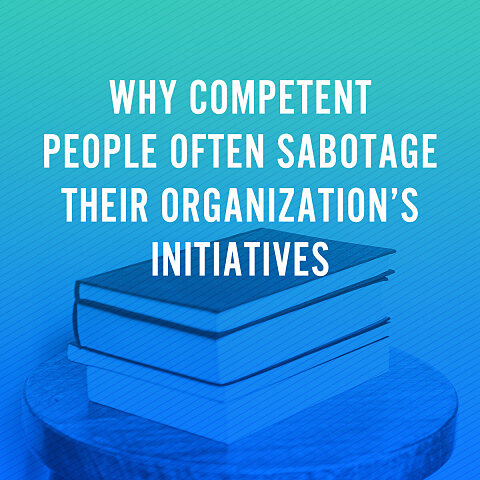How You Should Measure Your Marketing
By Maurilio Amorim
Knowing how to define success for your marketing efforts is extremely important. After all, no one wants to spend money and effort on something that does not work. Nonprofit marketing is no different than any other type of marketing.
Interestingly, your marketing might be extremely successful, and yet depending on your goals and the sales process, there could be no overall financial or numerical growth for the organization.
So, how do you win?
Make sure you have clearly defined goals.
You can have a win for your campaign and yet some may question your effectiveness. For example, if you set out to increase the number of people in your email list by 500 in one month and you achieved that goal, then your campaign was a success, even if there were no purchases or donations from those on your list.
If your goal is to increase the number of people who engage with your organization, then your measurement might be comments, likes, followers, phone numbers and emails.
Not all marketing efforts translate into direct sales, donations or growth. The front line of marketing is what we call “Discovery,” and you’ll need to cultivate a relationship with your target audience before asking them to engage deeper with you.
Measure what’s important for your goals.
What are the metrics that let you know if you are heading down the right road?
Marketers can get sidetracked with dozens of different metrics, i.e. time on site, number of impressions, exit rate, etc.
Based on our first example of a goal of 500 new people in your database, you would want to look at metrics such as click-through rate for your ads, landing page conversion percentage and cost of acquisition for each email.
Knowing your donor or customer Lifetime Value (read this post for more on Lifetime Value) is also critical to understand if your spending and efforts are within a good range.
Marketing is much like software: It’s launched but never finished.
A campaign is never finished because it’s never perfect. There is always room for improvement, for testing, shifting tactics and for optimizing.
Most campaigns aren’t a huge success right out of the gate. They require testing to perfect, but you should quickly start to see which messages are resonating, where people are engaging and/or dropping off and what else you should try to get the campaign performing how you want.
The best measurement is the one against your own efforts. Develop a baseline and then work at improving it.
Sign up for our Free Training on“How to Create a Killer Marketing Campaign” HERE and learn some very practical insights on the framework we have used for decades.














